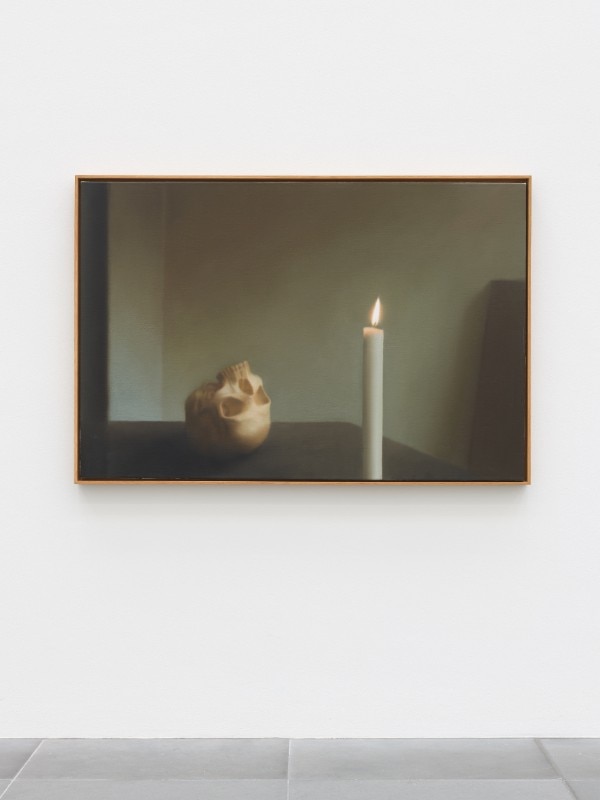When Sonic Youth announced their breakup in 2011, they left behind a legacy as one of the most influential and innovative bands in alternative rock.
Formed in the early 1980s in New York City, the band – comprised of Kim Gordon, Thurston Moore, Lee Ranaldo, and Steve Shelley – emerged from a vibrant mix of punk, post-punk, no wave, and avant-garde influences. From the beginning, Sonic Youth embraced a style of sonic experimentation, blending deep musical knowledge with a deliberate rejection of mainstream conventions. Their music was marked by a melodic yet raw tension, featuring unconventionally tuned guitars often played with drumsticks, and creative uses of feedback and distortion that became their trademark.
Throughout their three-decade career, Sonic Youth developed deep connections with artists from various fields – not just music, but also literature, performance, video, and visual arts. This wide-ranging engagement helped them create a unique artistic lexicon that defied easy classification, making them both recognizable and elusive in the broader artistic landscape. In 2008, an exhibition curated by Roland Groenenboom in collaboration with the band attempted to encapsulate this aspect of their work. The exhibition debuted at LiFE in Saint-Nazaire and then traveled to Museion in Bolzano, Kunsthalle/KIT in Düsseldorf, and Konsthall in Malmö.
The candle mirrors Sonic Youth’s blend of melody and sonic chaos, and reflects the album’s themes, capturing the emotional spectrum of urban alienation and the exploration of dreams, hardships, and anxieties in contemporary life.
Sonic Youth’s connections to the visual arts are perhaps most visible in their album covers, which feature collaborations with artists like Richard Kern, Raymond Pettibon, Mike Kelley, Richard Prince, Marnie Weber, and William S. Burroughs. The most iconic of these is Gerhard Richter’s painting “Candle” on the cover of their 1988 album Daydream Nation.

Daydream Days in a Daydream Nation
Released in 1988, Daydream Nation was Sonic Youth’s sixth album, their first double LP, and their last with Enigma before signing with DGC/Geffen. Widely regarded as their breakthrough, the album proved that indie bands could achieve commercial success without sacrificing artistic integrity. Over seventy minutes, the band pushed the boundaries of musical possibility, creating an almost endless loop of innovation.
They worked with producer Nick Sansano, known for his collaborations with hip-hop artists like Public Enemy, Rob Base, and DJ E-Z Rock. The result was an indie-rock-rap hybrid that influenced many future artists. The album opens with “Teen Age Riot” and closes with “Trilogy,” with the track “Hyperstation” providing the album’s title lyric: “Daydreaming Days in a Daydream Nation.”

Paintings and Sound Distortions
For the cover of Daydream Nation, Sonic Youth chose Gerhard Richter’s 1983 painting “Candle,” which later sold for $16.6 million in 2011. The back cover features another candle painting by Richter from 1982. The album’s gatefold vinyl includes a large photo of the band, taken by Michael Lavine in August 1988, along with the track listing and credits. Each side of the vinyl features a symbol representing a band member: the infinity symbol for Ranaldo, the Venus symbol for Gordon, the omega symbol for Moore, and a sketch of a demon/angel holding drumsticks for Shelley. The 1993 Geffen CD reissue includes liner notes by Jutta Koether.
Gerhard Richter, one of the most influential contemporary artists, was born in Dresden in 1932. His work spans from abstraction to photorealism, characterized by a constant exploration of the limits of visual representation. While his photorealistic paintings resemble enlarged snapshots, his abstract works feature vibrant fields of color applied with palette knives, creating dynamic surfaces that seem ever-evolving.

The tradition of vanitas and the related concept of memento mori became significant for Richter in the early 1980s. These themes, often represented by motifs like skulls, hourglasses, rotting fruit, and wilting flowers, symbolize the passage of time and the inevitability of death. The candle, with its brief flame, serves as a reminder of mortality.
Its dim light, illuminating an indistinct darkness, mirrors Sonic Youth’s blend of melody and sonic chaos, and reflects the album’s themes, capturing the emotional spectrum of urban alienation and the exploration of dreams, hardships, and anxieties in contemporary life. The texture of Richter’s painting echoes the band’s vibrant feedback and distortions, creating a raw beauty that is both nihilistic and profound.
Rolling Stone named Daydream Nation one of the best albums of 1988, and Pitchfork ranked it seventh among the best albums of the decade. More than thirty-five years after its release, the album remains a defining document of American indie rock, beautifully merging the intensity of noise, the urgency of punk, and a prescient reflection on the declining trajectory of a nation.
Opening image: Detail of Kerze (Candle) by Gerahard Richter, 1983





















.jpeg.foto.tbig.jpg)

